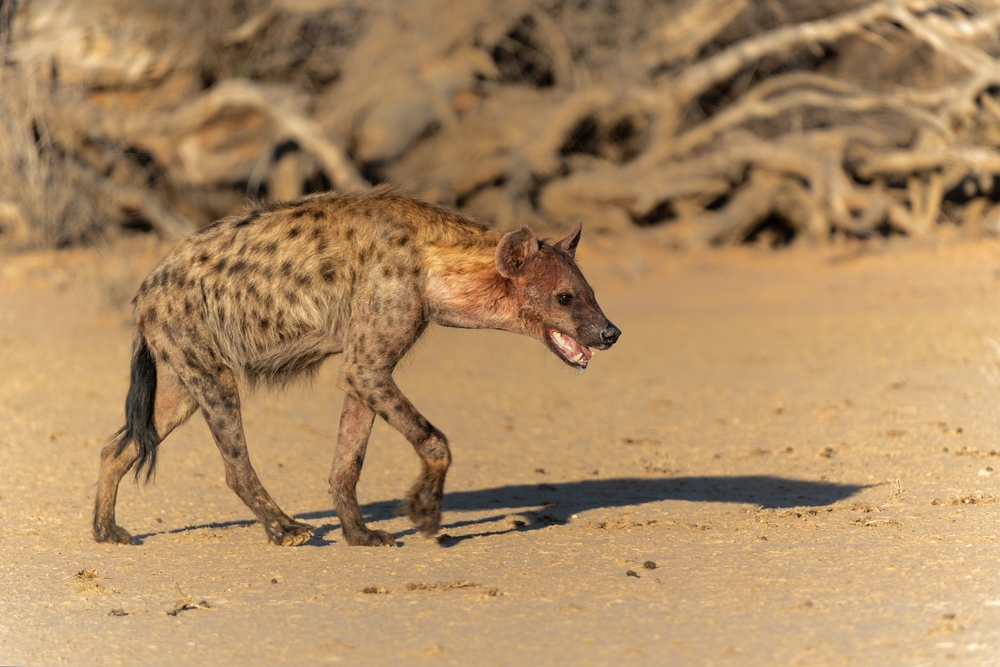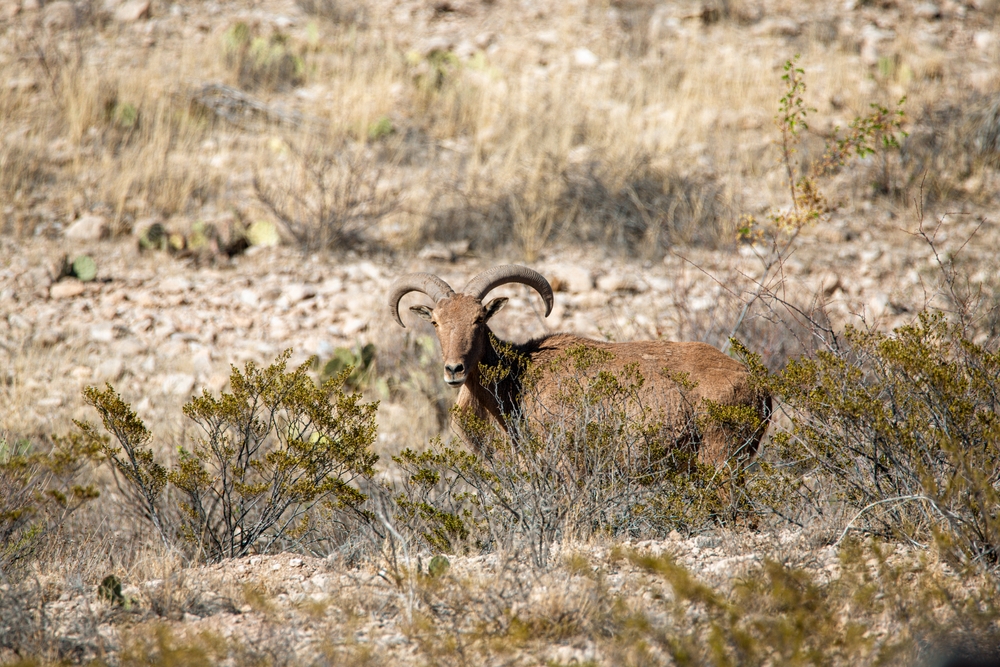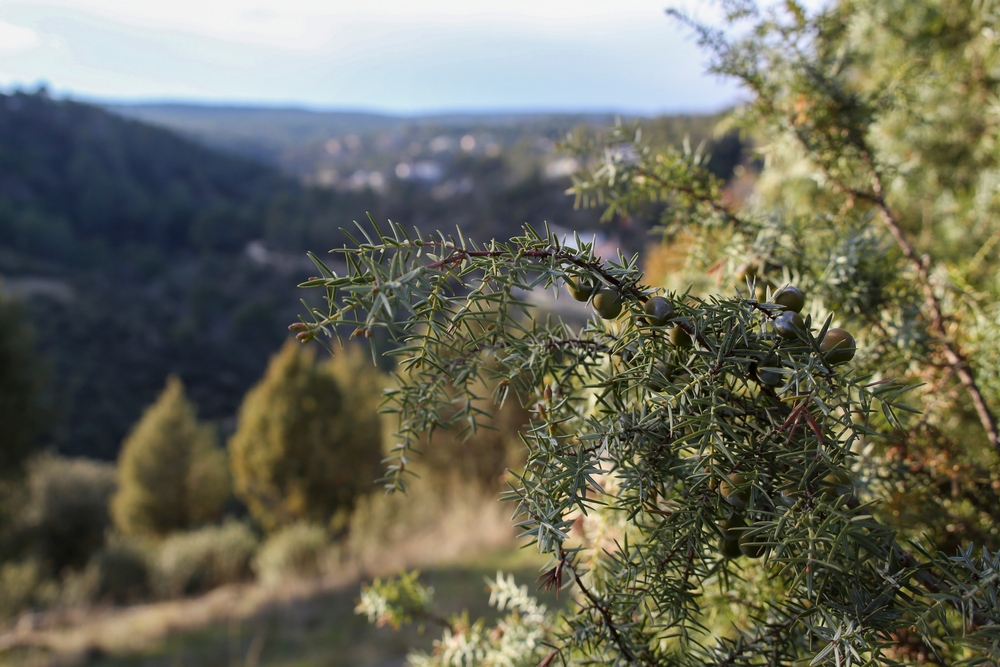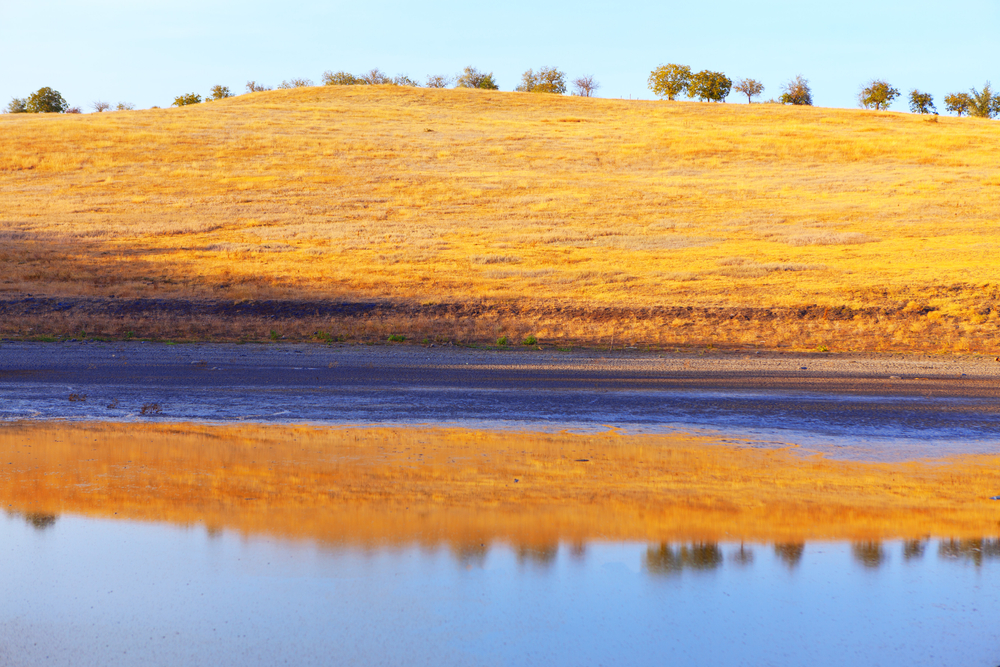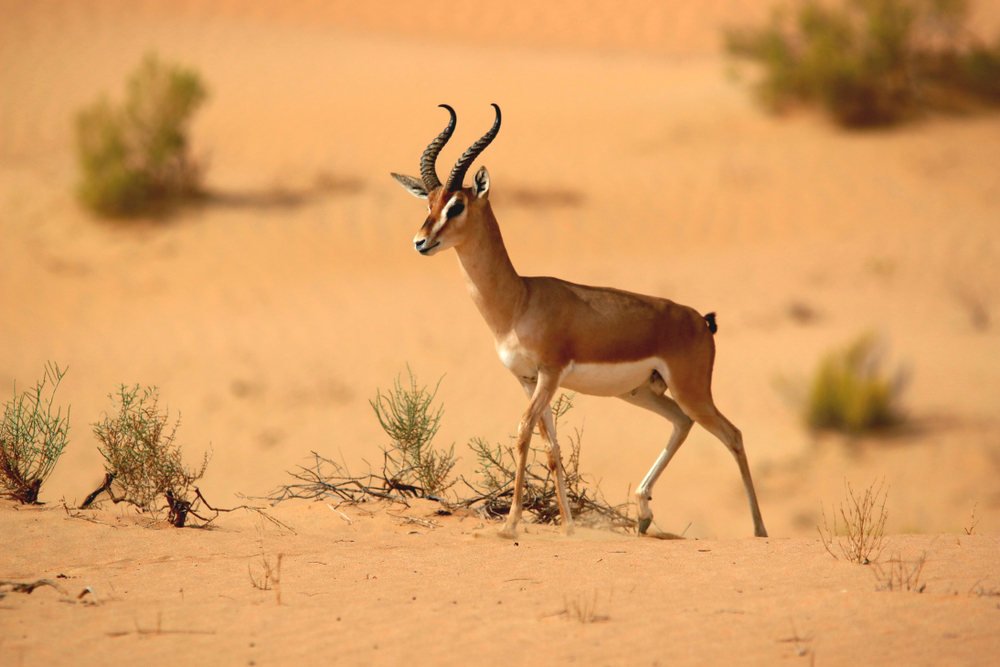Rajma Overview
Rajma National Park, locally known as “حديقة رجمة الوطنية” (Hadiqat Rajma Al-Wataniya), is a protected area situated in Libya’s Jabal al Gharbi District, south of Tripoli and Murqub. Established to conserve its unique wetland ecosystems amidst mountainous and desert landscapes, the park serves as a vital sanctuary for diverse flora and fauna. The name “Rajma” reflects the local heritage and the area’s historical significance.
The park’s terrain is characterized by a combination of wetlands, rugged mountains, and arid desert regions. This diverse topography supports a variety of vegetation, including abundant date palms, fig trees, and olive groves in the more fertile areas. The wetlands are particularly significant, providing essential habitats for numerous plant species adapted to both aquatic and semi-arid conditions. In contrast, the mountainous and desert zones are dominated by hardy shrubs and grasses that have evolved to withstand harsh environmental conditions.
Rajma National Park is home to a wide array of wildlife. Reptiles such as lizards and snakes are commonly found throughout the park, thriving in the warm climate. Small mammals, including various rodent species, inhabit the area, while larger desert mammals like hyenas and wildcats also reside within the park’s boundaries. The wetlands attract migratory birds, making the park a notable spot for birdwatching enthusiasts interested in observing species that rely on these habitats during their migratory routes.
Visitors to Rajma National Park can engage in several activities to experience its natural beauty. Guided hikes through the mountainous regions offer opportunities to explore the rugged landscape and observe wildlife in their natural habitats. Birdwatching in the wetlands provides a chance to see various migratory species, especially during peak migration seasons. Additionally, cultural tours can be arranged to learn about the local heritage and the significance of the park’s flora, such as the traditional uses of date palms, figs, and olives in the region.
Despite its ecological importance, Rajma National Park faces challenges, including habitat degradation due to human activities and environmental pressures. Conservation efforts are underway to address these issues, focusing on habitat preservation, environmental education, and sustainable tourism practices. Local authorities, in collaboration with environmental organizations, are working to implement measures that protect the park’s ecosystems while promoting responsible visitation.
In summary, Rajma National Park is a vital component of Libya’s natural heritage, offering a unique blend of wetlands, mountains, and desert landscapes. Its diverse ecosystems support a variety of plant and animal species, making it a significant area for conservation and eco-tourism. By preserving Rajma National Park, Libya contributes to the protection of important natural habitats, ensuring that future generations can continue to experience and appreciate the country’s rich biodiversity.








































































